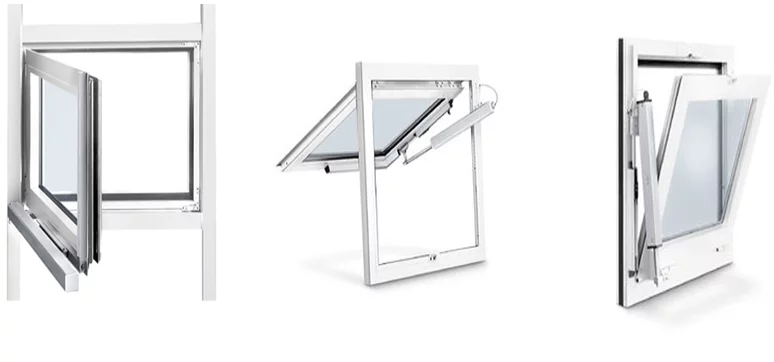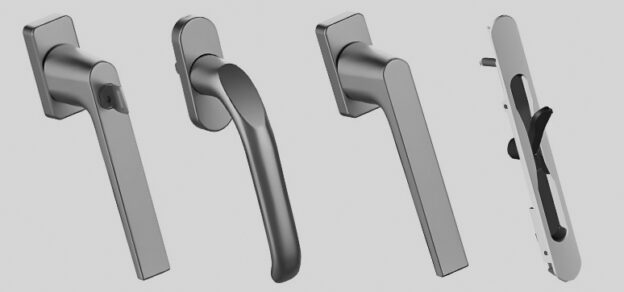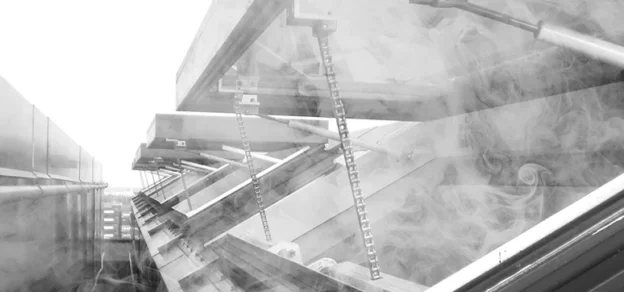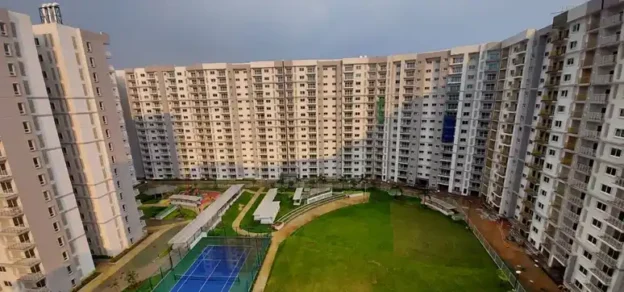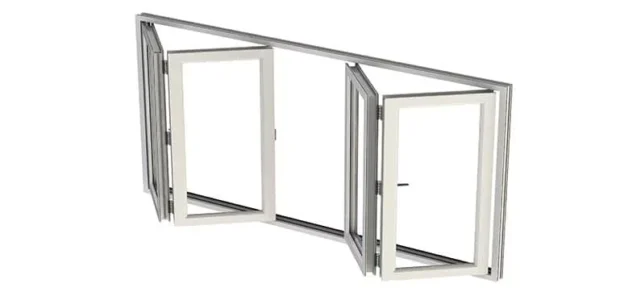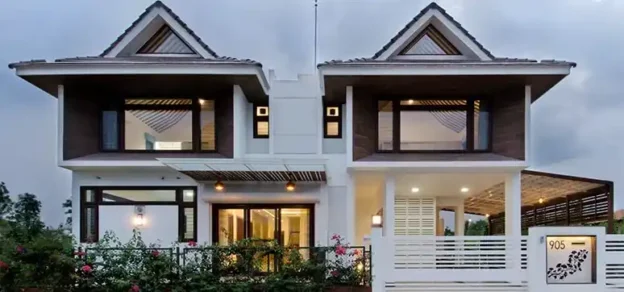Why is Smoke and Heat Extraction So Important?
The smoke and heat extraction system (RWA) is classed under “preventive fire protection” and will save life in the event of a fire. During a fire, considerable quantities of combustion products such as smoke and fire gases, and heat energy are produced. The most important task of an RWA is to discharge the products of combustion from the building efficiently and quickly. Rooms and buildings without RWA fill up with toxic smoke gases within a very short time. The risk of people trying to escape and the rescue services is strongly increased in buildings without RWA since the lack of smoke and heat extraction leads to uncontrolled blazing fire, and the thick smoke makes active and passive rescue impossible.
Fire victims caused by direct contact with fire only occur very rarely. Almost 90% of fatal fire accidents are due to suffocation caused by smoke gases.
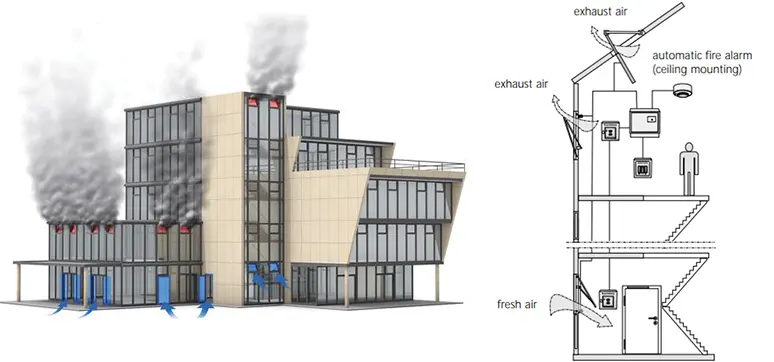
- “Fire victims are smoke victims”- there are two reasons for this:
Lethal constituents in smoky gas - Corrosive components which burn the lung and airways when breathed in Large amounts of smoke gas rise on account of thermal buoyancy and fill the room or building with smoke. The high ambient temperature can lead to the building collapsing in worst cases.
Conservation of the property structure is thus a major task for the RWA. This way people can escape from the building through their own efforts, and the rescue services can carry out active rescue evacuation of the building- for longer.
In summary, the following objectives are achieved by the use of smoke and heat extraction systems in buildings:
1. Personal protection: keeping rescue routes smoke-free
- Active rescue
- Passive rescue
- Localisation of the fire
2. Environmental protection: reducing damage to the environment
- Minimising damage caused by fire extinguishing activities
- Minimum use of extinguishing agents
3. Property protection: conserving the building structure
- Support for fire fighting
- Ventilation of the fire
- Minimisation of the thermal load
How Does Natural Smoke and Heat Extraction Work?
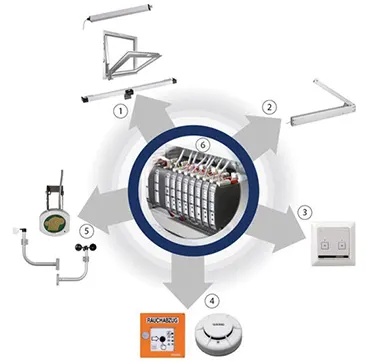
In the event of a fire, the RWA openings in the upper part of the building are opened. The hot ascending smoke gases can escape through these openings even during the initial phase. The necessary fresh air openings in the lower part of the building assist this process by balancing out the required mass flow. Planning and Design of RWA The planning and design of RWA are subject to numerous European, national and regional regulations.
For this reason, RWA systems should always be planned in agreement with local fire protection authorities. Major requirements which buildings have to meet are defined in the fire protection concept.
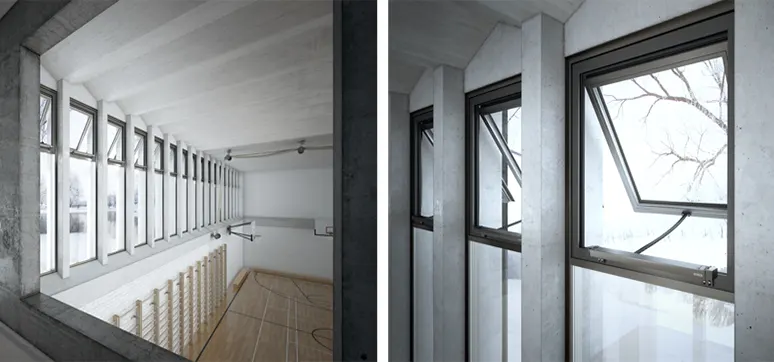
A GEZE RWA system is used for the daily ventilation of rooms and also for smoke extraction in the event of a fire. Windows, smoke flaps or skylight domes are equipped with electromechanical drives which open and close the fresh and exhaust air areas. The control unit has two independent power supplies (mains and battery) which guarantee operation in any situation. The functional safety of the cables and trigger mechanisms is monitored. In the event of a fire, the system is triggered quickly through automatic detectors (smoke or heat detectors), actuation via an external fire alarm system (BMA) or manual actuation (RWA button).
Natural smoke extraction ventilators (SHEVs) can be triggered depending on wind direction, so that in the event of a fire the building side away from the wind can be used for smoke dissipation. If the system is to be used for ventilation as well, further components will be required, such as vent switches, rain and wind controls. For automatic ventilation control, contacts from temperature or CO2 sensors can be connected. There are several standard plus ventilation functions available.
Ventilation with GEZE Drives The aeration and ventilation with electromechanical drives has the following objectives:
“Accessibility for all”: The electrical ventilation drive systems are convenient and easy to operate.
Controlled ventilation: With the aid of control technology that can be configured to match the individual ventilation requirements in a building, these systems permit intelligent, coordinated and user independent building ventilation. GEZE window drives are excellently suitable for the automation of ventilation windows. If an RWA is used, its drives can of course also be used for daily ventilation.
For more details on the product, contact:
GEZE India Private Ltd.
MF 2 & 3, Guindy Industrial Estate, Ekkattuthangal | Chennai 600 032
Email: office-india@geze.com
Website: www.geze.in
Contact: +91 44 4061 6900
